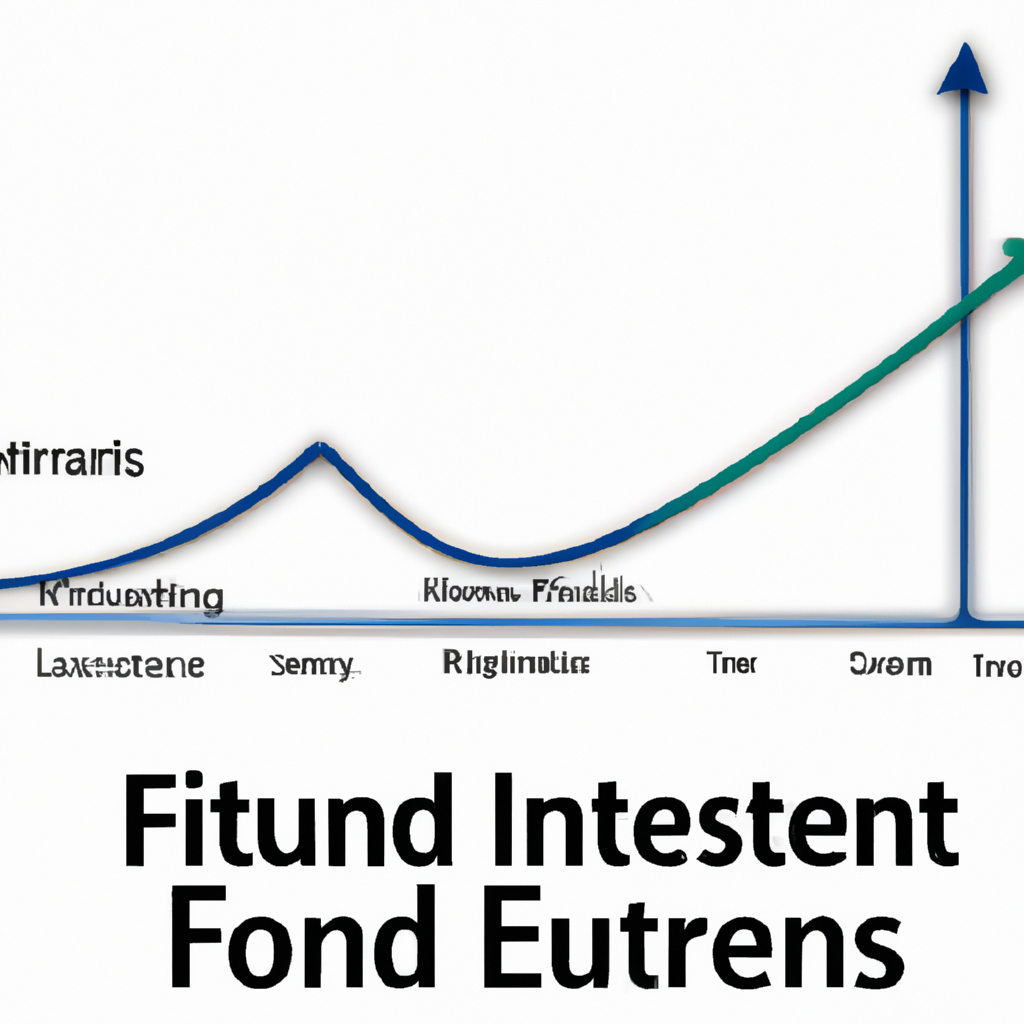
Investment Fund Performance: A Comprehensive Analysis
Introduction
Investment funds are a popular choice for individuals and institutions looking to grow their wealth over time. However, understanding the performance of these funds is crucial in making informed investment decisions. In this article, we will delve into the various aspects of investment fund performance, including how it is measured, key factors affecting performance, and strategies for evaluating fund performance.
Measuring Investment Fund Performance
Investment fund performance is typically measured using various metrics that provide insights into the fund’s returns and risk. Some commonly used performance measures include:
1. Return on Investment (ROI)
ROI is a fundamental metric used to assess the profitability of an investment. It calculates the percentage gain or loss relative to the initial investment amount. For investment funds, ROI is often expressed as an annualized rate of return, enabling investors to compare performance across different time periods.
2. Risk-Adjusted Performance Metrics
While ROI provides a basic understanding of a fund’s returns, it fails to account for the level of risk taken to achieve those returns. Risk-adjusted performance metrics, such as the Sharpe ratio and the Sortino ratio, take into account the volatility or downside risk associated with the fund’s returns. These metrics provide a more comprehensive assessment of a fund’s performance relative to its risk.
3. Benchmark Comparison
Comparing a fund’s performance to an appropriate benchmark is another crucial aspect of evaluating investment fund performance. A benchmark is a standardized index or portfolio that represents a specific market or asset class. By comparing a fund’s returns to its benchmark, investors can determine whether the fund outperformed or underperformed the market. Common benchmarks include the S&P 500 for U.S. equity funds or the Barclays Aggregate Bond Index for fixed-income funds.
Factors Affecting Investment Fund Performance
Several factors can influence the performance of investment funds. Understanding these factors is essential for investors seeking to evaluate and select funds that align with their investment objectives. Some key factors include:
1. Asset Allocation
The allocation of assets within a fund plays a vital role in determining its performance. Funds that are well-diversified across different asset classes, such as stocks, bonds, and cash equivalents, tend to exhibit more stable performance over time. On the other hand, funds heavily concentrated in a single asset class may experience higher volatility and potential for significant gains or losses.
2. Fund Manager Expertise
The expertise and track record of the fund manager can significantly impact fund performance. A skilled and experienced fund manager can make informed investment decisions, identify lucrative opportunities, and navigate market fluctuations effectively. Investors should consider the fund manager’s investment philosophy, past performance, and tenure when evaluating fund performance.
3. Market Conditions
Market conditions, including economic factors, interest rates, geopolitical events, and industry trends, can greatly influence investment fund performance. Different asset classes perform differently under varying market conditions. For instance, during a bull market, equity funds may outperform fixed-income funds, while the opposite might occur during a bear market. Understanding these dynamics and their impact on fund performance is crucial for investors.
Evaluating Investment Fund Performance
Evaluating investment fund performance requires a systematic approach that considers various factors. Here are some steps to help investors evaluate fund performance effectively:
1. Define Investment Objectives
Before evaluating fund performance, investors must clearly define their investment objectives, risk tolerance, and time horizon. This enables them to select funds that align with their specific goals.
2. Review Historical Performance
Analyzing a fund’s historical performance provides insights into its consistency and ability to generate returns over time. Investors should review the fund’s performance across different market cycles to assess its resilience and suitability.
3. Compare to Peers and Benchmarks
Comparing a fund’s performance to its peers and benchmarks helps investors gauge its relative performance. It is essential to consider funds within the same asset class and investment style to ensure a fair comparison.
4. Consider Risk-Adjusted Metrics
Assessing risk-adjusted performance metrics, such as the Sharpe ratio and Sortino ratio, provides a more comprehensive understanding of a fund’s risk-adjusted returns. This helps investors evaluate whether the fund is adequately compensating for the level of risk taken.
Conclusion
Investment fund performance is a critical factor in making informed investment decisions. By understanding how performance is measured, the factors influencing it, and the strategies for evaluation, investors can effectively assess the potential of investment funds to meet their financial goals. Conducting thorough research, analyzing historical performance, and considering risk-adjusted metrics are key steps in the evaluation process. Remember, past performance is not indicative of future results, and it is essential to seek professional advice before making any investment decisions.





